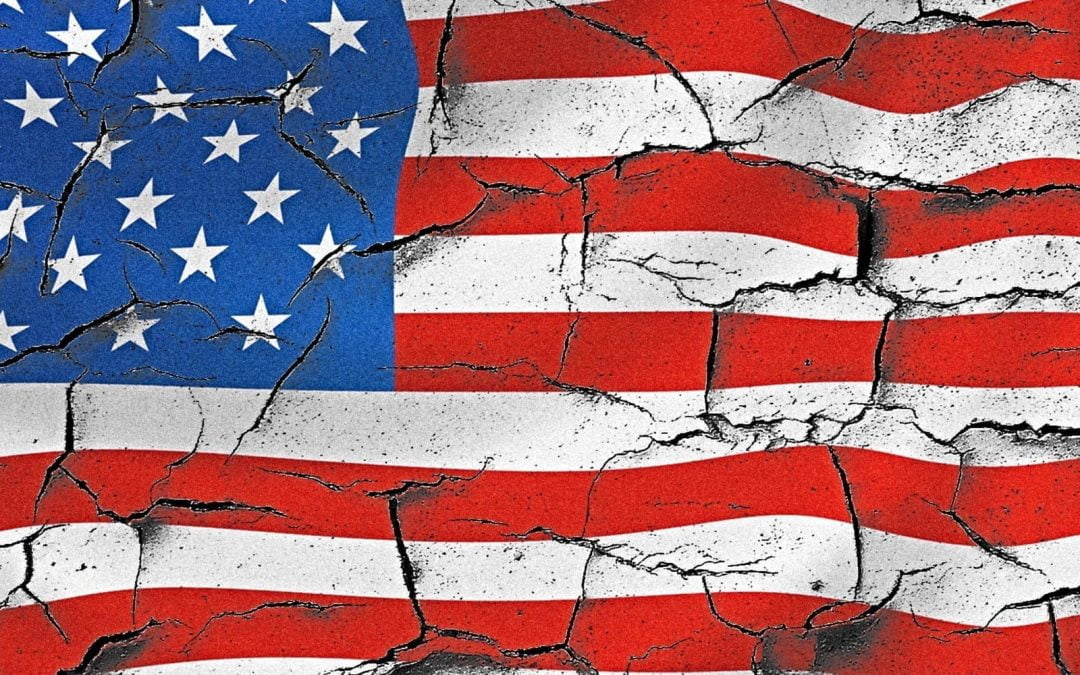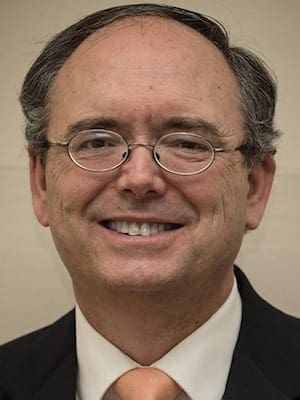As the sun arose on Sept. 14, 1814, a man on a ship several miles away from Fort McHenry, which guarded the Baltimore harbor, saw that the U.S. flag still waved over it after many hours of British bombardment.
Inspired by the sight, that man, whose name was Francis Scott Key, wrote the first verse of a poem that he later expanded to four verses. And thus, what we know as “The Star-Spangled Banner” was born.
You can see the flag that flew over Fort McHenry if you visit the Smithsonian Institution’s National Museum of American History in Washington, D.C.
It’s not as large as those banners flying over car dealerships, but it’s still a big flag.
If you go visit the flag, or if you look at a picture of it online, you’ll notice a couple of things about it.
For one thing, it has 15 stars and 15 stripes, as it had since 1795, not long after the 14th and 15th states – Vermont and Kentucky – were added to the Union.
The nation has changed a lot since then, as has the American flag, which now has 50 stars for the 50 states and 13 stripes for the 13 original states.
For another thing, the flag that inspired “The Star-Spangled Banner” is damaged. Some of the damage occurred in battle, some from handling over the years, and some from people cutting pieces off as souvenirs.
The first two kinds of damage are understandable, but not the last. It’s a shame that people damaged the flag out of selfish motives.
When we sing our national anthem, let’s give some thought to the fact that the song originally referred to a damaged flag.
Let’s also think about how the pristine flags that fly over our government buildings, stadiums and homes represent a damaged nation.
That is always the case, no matter who is in the White House, in Congress or on judicial benches.
Some damage to the nation is inevitable, given the imperfections of the humanity that comprise its citizenry and its leadership.
Damaging actions are especially egregious, though, when they are carried out from self-serving motives.
Our leaders should always strive to do what is best for all Americans rather than for one segment or for themselves.
Leaders will always lead imperfectly, but they should at least lead with the interests of the entire nation uppermost in their minds.
Let’s also remember that the damaged flag that flew over Fort McHenry inspired Francis Scott Key to celebrate it in verse because it persevered and survived.
Our democracy – indeed, our very nation – will also survive and persevere if we will commit ourselves to working continually to help it more fully live up to its ideals.
To love our country is to want it to be the best nation it can be. “My country, right or wrong,” people say, and indeed it is.
When it is right, we should celebrate and try to make it even more right. When it is wrong – and sometimes it is – we should work to make it right.
“America the Beautiful” is another of our cherished songs. Every time we sing it, I reflect a lot on this line: “America! America! God mend thine ev’ry flaw.”
That’s a good prayer. We should stay alert to how God would have us contribute to the mending process. What can we do to help make America better?
We deal with the fact that Americans have differing visions of what it means for America to be America, much less than what it means for America to be damaged, to be whole, to be right or to be wrong.
But we need to find ways to work together to move toward ever greater equality and justice.
We sing about a damaged American flag. We love a damaged American nation. We need to build on what’s right and to correct what’s wrong. We need to keep moving toward “liberty and justice for all.”
Editor’s note: A version of this article first appeared on Ruffin’s blog, On the Jericho Road, and is used with permission.


